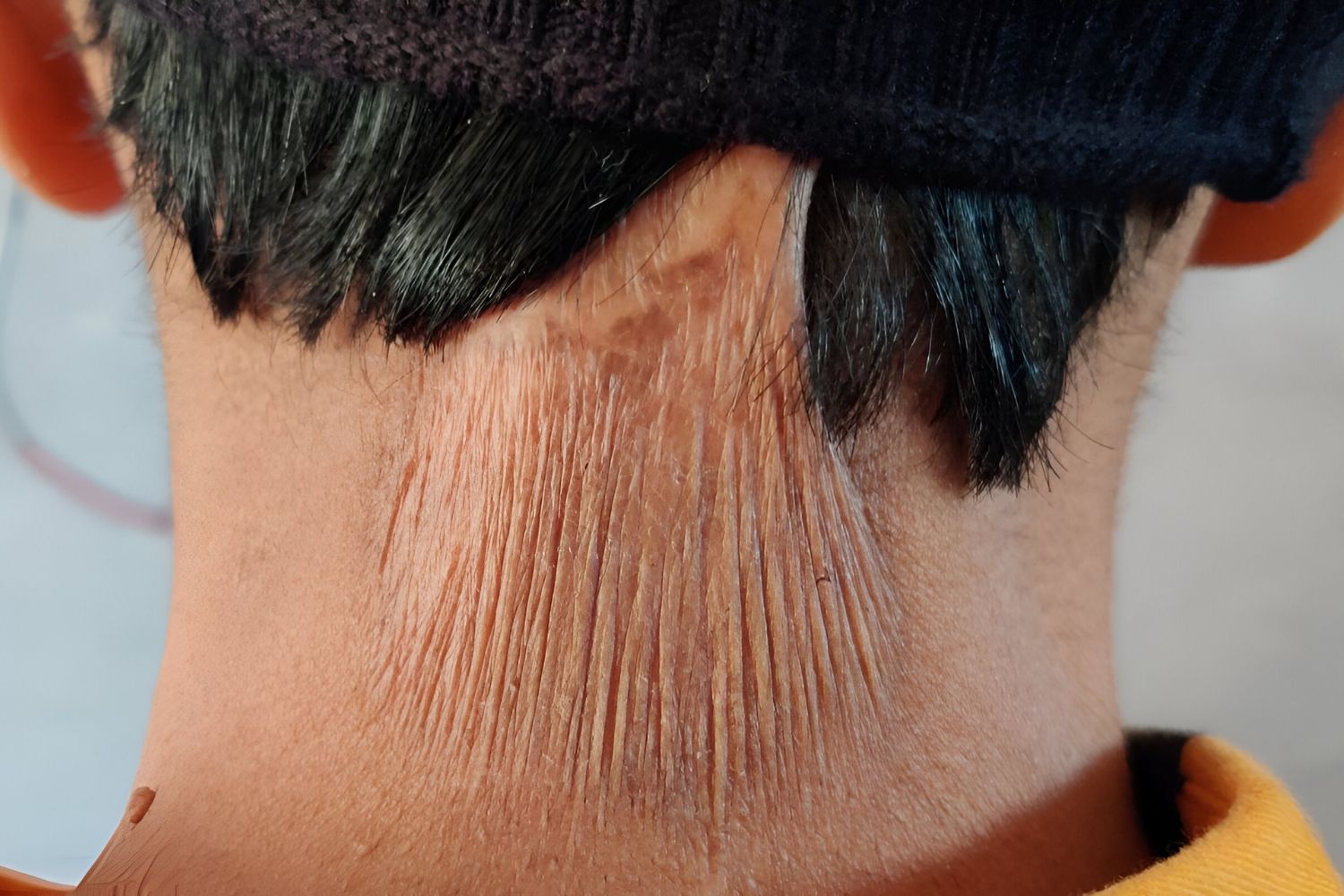
Shabbir Syndrome is a rare genetic disorder that affects the skin, eyes, and sometimes the nervous system. Named after Dr. Shabbir, who first described it, this condition is characterized by blistering skin, vision problems, and neurological issues. Caused by mutations in the LAMA3 gene, it disrupts the production of laminin, a protein crucial for skin and eye health. People with Shabbir Syndrome often experience skin fragility, leading to easy blistering and scarring. Vision problems, such as corneal erosions, can lead to significant discomfort and potential blindness. Although rare, understanding Shabbir Syndrome is vital for early diagnosis and management. This article will explore 25 intriguing facts about Shabbir Syndrome, shedding light on its symptoms, causes, and potential treatments.
Key Takeaways:
- Shabbir Syndrome is a rare genetic disorder that affects the eyes, causing vision problems. It is named after Dr. Shabbir, who first described it. The condition is inherited in an autosomal recessive manner and primarily affects individuals of Pakistani descent.
- Living with Shabbir Syndrome can be challenging due to vision problems. It can impact daily activities such as reading, driving, and recognizing faces. However, support groups, genetic counseling, and ongoing research offer hope for patients and their families.
What is Shabbir Syndrome?
Shabbir Syndrome, also known as Hereditary Congenital Corneal Dystrophy (HCCD), is a rare genetic disorder. It primarily affects the eyes, leading to vision problems. This condition is named after Dr. Shabbir, who first described it.
- Shabbir Syndrome is inherited in an autosomal recessive manner, meaning both parents must carry the gene for a child to be affected.
- The disorder is most commonly found in individuals of Pakistani descent, particularly within certain families.
- Symptoms usually appear in infancy or early childhood, often before the age of five.
- The primary symptom is corneal clouding, which can lead to significant vision impairment.
- Patients may also experience photophobia, or sensitivity to light, due to the corneal abnormalities.
- Shabbir Syndrome is caused by mutations in the UBIAD1 gene, which plays a role in cholesterol metabolism and vitamin K synthesis.
- The condition does not typically affect other parts of the body, making it primarily an ocular disorder.
- Diagnosis is often made through a combination of clinical examination and genetic testing.
- There is currently no cure for Shabbir Syndrome, but treatments can help manage symptoms and improve quality of life.
- Corneal transplantation may be considered for severe cases where vision is significantly impaired.
How Does Shabbir Syndrome Affect Daily Life?
Living with Shabbir Syndrome can be challenging due to the vision problems it causes. Here are some ways it impacts daily activities.
- Children with Shabbir Syndrome may struggle with reading and other school activities due to poor vision.
- Adults may find it difficult to drive, especially at night or in bright sunlight.
- Simple tasks like recognizing faces or reading signs can become challenging.
- Many patients need to wear sunglasses or hats to reduce light sensitivity.
- Regular visits to an ophthalmologist are necessary to monitor the condition and adjust treatments as needed.
- Some individuals may benefit from low vision aids, such as magnifying glasses or special computer software.
- Emotional support and counseling can help patients cope with the psychological impact of living with a chronic condition.
Research and Future Directions
Research into Shabbir Syndrome is ongoing, with scientists working to better understand the genetic and molecular mechanisms behind the disorder.
- Studies are exploring the role of the UBIAD1 gene in eye health and disease.
- Researchers are investigating potential gene therapies that could correct the underlying genetic defect.
- Advances in corneal transplantation techniques may improve outcomes for patients requiring surgery.
- Clinical trials are testing new medications that could help manage symptoms or slow disease progression.
- Patient registries and genetic databases are helping to identify more cases and improve our understanding of the condition's prevalence and variability.
Support and Resources for Patients and Families
Living with Shabbir Syndrome can be isolating, but there are resources available to help patients and their families.
- Support groups, both online and in-person, provide a community for sharing experiences and advice.
- Organizations like the National Organization for Rare Disorders (NORD) offer information and advocacy for those affected by rare diseases.
- Genetic counseling can help families understand the risks of passing the condition to future generations and explore reproductive options.
Final Thoughts on Shabbir Syndrome
Shabbir Syndrome, a rare genetic disorder, affects many aspects of life. Understanding its symptoms, causes, and treatments can help those affected manage their condition better. Early diagnosis is crucial for effective treatment and improving quality of life. Genetic counseling can provide valuable insights for families dealing with this syndrome.
Research continues to advance, offering hope for new treatments and better management strategies. Support groups and resources are available to help patients and families navigate the challenges. Staying informed and connected with medical professionals ensures the best care possible.
In summary, awareness and education about Shabbir Syndrome can make a significant difference. By sharing knowledge and supporting research, we can contribute to a brighter future for those affected by this rare condition.
Frequently Asked Questions
Was this page helpful?
Our commitment to delivering trustworthy and engaging content is at the heart of what we do. Each fact on our site is contributed by real users like you, bringing a wealth of diverse insights and information. To ensure the highest standards of accuracy and reliability, our dedicated editors meticulously review each submission. This process guarantees that the facts we share are not only fascinating but also credible. Trust in our commitment to quality and authenticity as you explore and learn with us.
